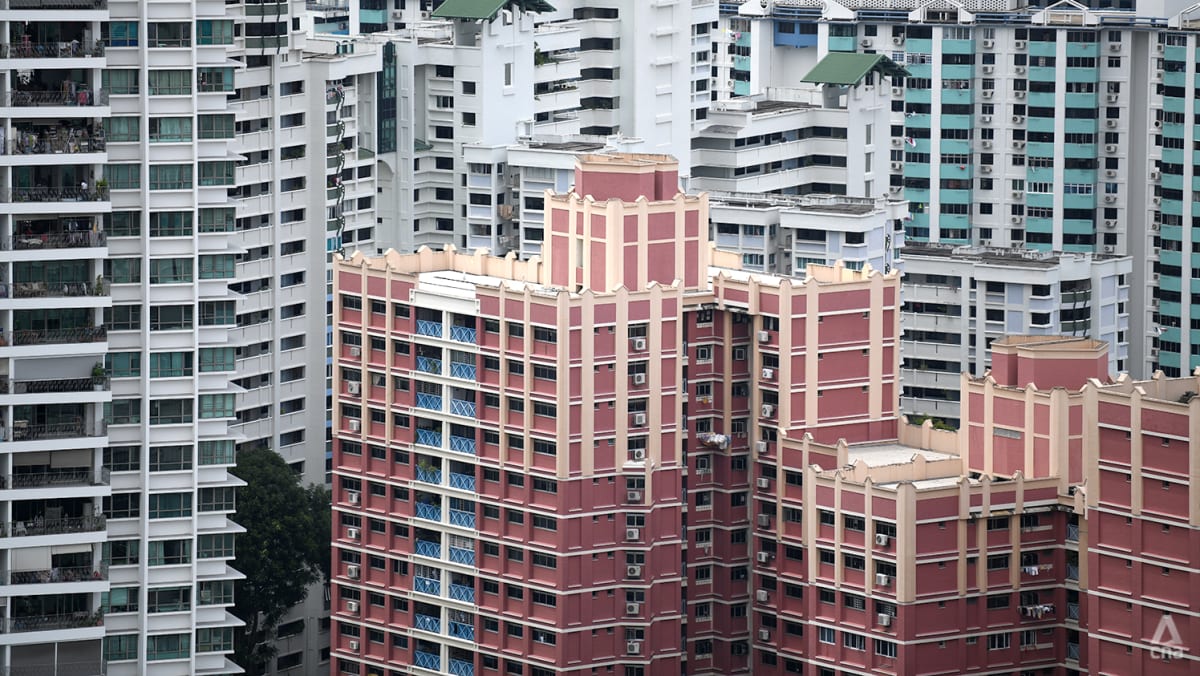The figure is consistent with recent data from the Ministry of National Development, and Mr Lee used this to illustrate why the EIP is necessary to prevent the formation of racial enclaves.
But homeowners might experience a different aspect of the policy: After the EIP quota is reached, homeowners can only sell their flat to another member of the same race, which tends to create difficulties for minority sellers.
Specifically, housing resale prices in Chinese-constrained areas, such as Bishan, are usually more expensive. Minority sellers in these neighbourhoods tend to take a longer time, at least a year longer for some sellers, to find another minority buyer willing to meet the higher evaluation price. This commonly results in a significantly lower resale price, sometimes more than S$50,000, and is a source of frustration for non-Chinese sellers, to say the least.
Sellers in such circumstances had previously been supported by giving them more time to sell their flat or waiving the EIP limits in exceptional circumstances.
This new buyback scheme is a significant move to smoothen some of the EIP’s rough edges, but it remains to be seen how implementation will be. The Government will offer a “fair price” after sellers demonstrate a concerted effort over a period to sell the flat at a “reasonable asking price”. For a start, the buyback sum and the assessment of the seller’s resale attempts may be contested, as it may not necessarily be based on the valuation price or reach complete parity with other home resale transactions.
Importantly, the scheme will not eliminate the innate propensity for racial or class segregation. Even with the buyback scheme in place, neighbourhoods that draw homebuyers from specific racial or income groups will continue to attract these buyers for the same reasons, such as the desire to live near to one’s relatives or to live within proximal range of certain primary schools for enrolment advantage. .


